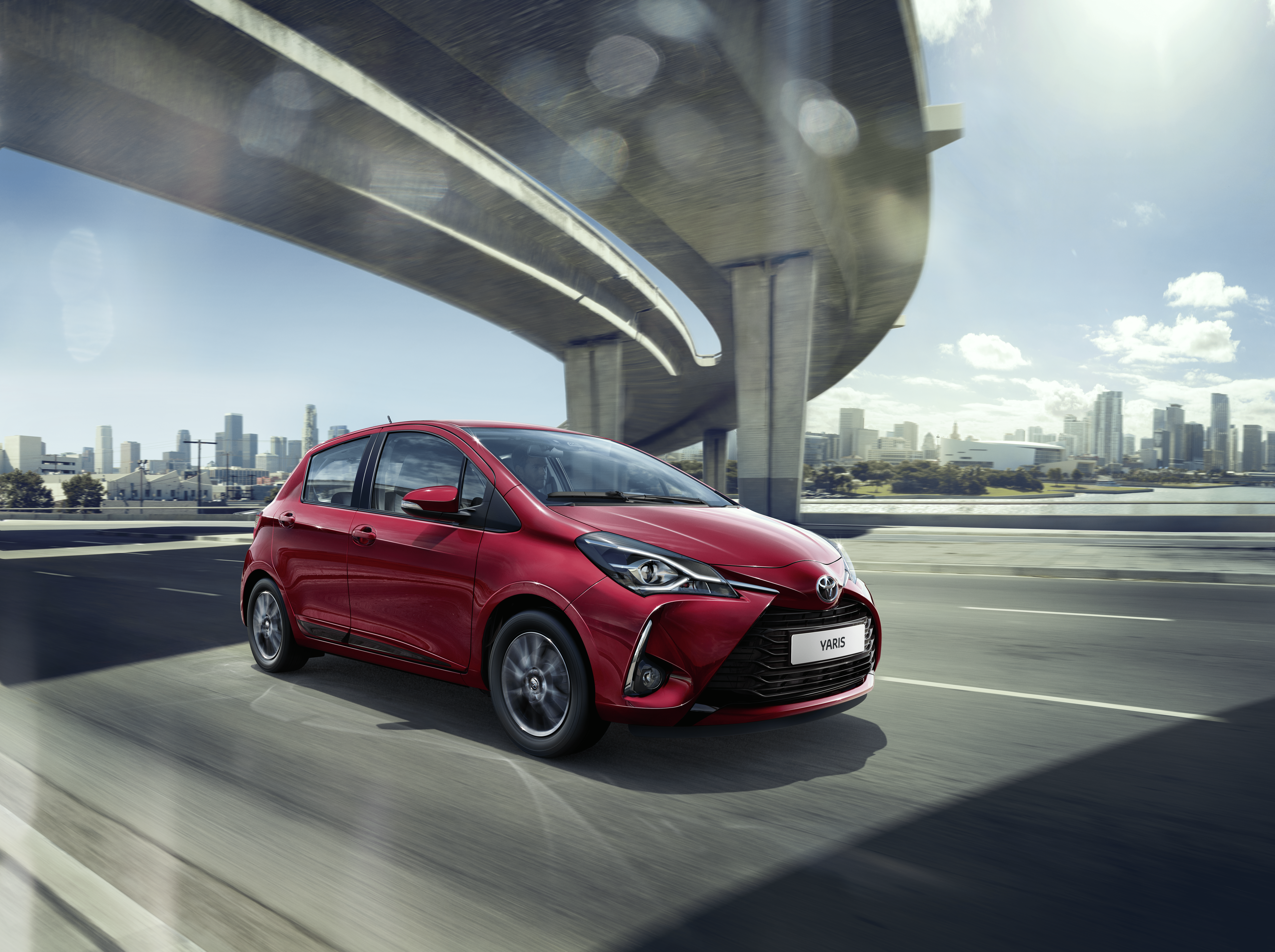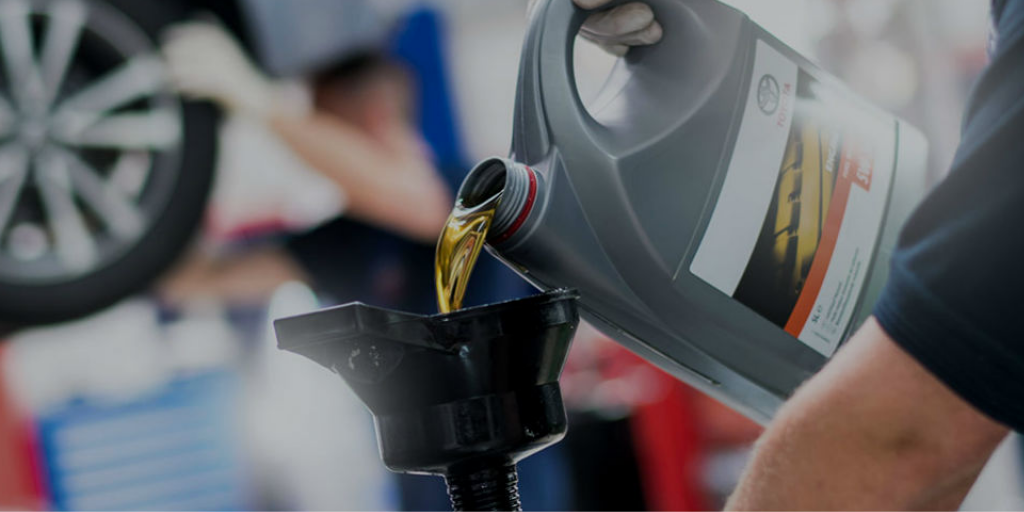Quick Answer: There are several factors to look into when buying a used car, however it’s especially important to see the overall condition of the car’s exterior and interior, its make and model, mileage, year of manufacture, and price.
Table of Contents

Buying a used car can be a quick and cost-effective way to get a vehicle that suits your needs, but it can also be a daunting process if you’re not prepared. There are numerous factors to consider, and overlooking any of them could lead to regrettable decisions and costly repairs down the road. To help you make a wise choice, we’ve compiled a comprehensive guide with tips on what to look for when searching for a used car that will answer all of your questions and help you find just the right car for you.
1. Determine your Budget
Before diving into the used car market, it’s crucial to establish a clear budget. Consider not only the purchase price but also ongoing costs such as insurance, maintenance, and fuel. Stick to your budget to avoid financial strain and remember that you may need some extra funds for car services, unexpected repairs, or improvements in the future.
2. Set Your Priorities
What are your priorities when buying a used car? Do you need ample passenger space, excellent fuel economy, or robust towing capabilities? Will you use it for business or personal use? Create a list of must-have features and another for nice-to-have features. This will help you narrow down your options and find a car that aligns with your needs.
3. Research Makes and Models
Once you understand your wants and needs in a car, start researching different makes and models that fit your criteria. Consider factors like the type of car, transmission type, and whether it’s gas, hybrid, or electric, as well as overall reliability, fuel efficiency, safety ratings, and resale value. Online resources and car reviews can show valuable insights into the pros and cons of various vehicles. Ask your loved ones / friends for their experiences with a particular vehicle, they might have some added insight.
4. Inspect the Exterior and Interior
Before you even consider a test drive, thoroughly inspect the car’s exterior and interior. Look for signs of rust, dents, or scratches on the body. Inside, check for wear and tear on the seats, dashboard, and carpeting. These cosmetic issues can give you insights into how well the previous owner cared for the vehicle.
5. Take it for a Test Drive
The test drive is your chance to evaluate how the car performs on the road. Pay attention to the following:
- Engine and Transmission: Listen for unusual noises, rough idling, or hesitation when accelerating. Shift through all the gears to ensure smooth transmission operation.
- Handling and Steering: Test the car’s steering responsiveness and overall handling. Make sure it feels comfortable to drive.
- Brakes: Assess the brakes by applying them gently and firmly. Listen for any unusual noises and check for vibrations.
- Suspension: Drive over bumps and uneven terrain to assess the suspension’s condition. Excessive bouncing or clunking noises could indicate problems.
- Visibility: Ensure you have good visibility from all angles, especially the rearview and side mirrors.

6. Have a Mechanic Inspect the Car
Even if the car seems fine during the test drive, it’s a good idea to have a trusted mechanic inspect it. They can uncover hidden issues that might not be apparent to the untrained eye. A professional inspection can save you from unexpected and costly repairs down the road.
7. Review Maintenance Records
If the seller has maintained the car well, they should have service records that document regular maintenance and any repairs. Review these records to ensure the car has received proper care throughout its life. A well-documented maintenance history is a strong indicator of a reliable vehicle.
8. Negotiate the Price
Once you’re satisfied with the car’s condition and history, it’s time to think about money and negotiate the price.
9. Verify Ownership Costs
Before finalising the purchase, consider the long-term ownership costs of the car by researching the cost of road license, car insurance, and estimated fuel consumption. These ongoing expenses can significantly impact your overall budget.
10. Take a Close Look at the Mileage
The mileage on a used car is an essential factor to consider. While higher mileage doesn’t necessarily mean the car is unreliable, it can affect its value and the potential for future repairs. Be sure to compare the mileage with the vehicle’s age and overall condition.
11. Beware of Red Flags
When buying a used car, be wary of red flags such as abnormally low-priced vehicles, extreme pushiness or urgency from the seller, and major defects with the car like rust which is very costly to repair.
12. Consider a Warranty
Some used cars may still have part of their manufacturer’s warranty or be eligible for an extended warranty. Investigate these options, as they can provide additional peace of mind in case of unexpected repairs.
Buying a used car requires careful research and attention to detail, but with the right approach, you can find a reliable vehicle that meets your needs and budget. By establishing a clear budget, conducting thorough research, inspecting the car, and seeking professional guidance when necessary, you can navigate the used car market with confidence. Remember that patience and due diligence are your best allies in finding a used car that will serve you well for years to come.
FAQs
What are the advantages of buying a used car over a new one?
Used cars are generally more affordable and have lower depreciation rates. The insurance for used cars is also typically lower than for new ones.
Should I buy from a private seller or a dealer when purchasing a used car?
Both options have pros and cons. Dealerships may offer certified pre owned cars with warranties, while private sellers may have lower prices. Ensure you thoroughly research and inspect any vehicle first, regardless of the seller. If you’re currently on the market for a new second-hand car, take a look at what Michael Debono Used have to offer.
How can I inspect a used vehicle’s condition before buying it?
Look for signs of wear and tear, including rust, dents, and scratches on the exterior and any damage in the interior. It’s also best to take it for a thorough test drive to understand how the vehicle handles and have a mechanic perform an inspection before purchasing.


